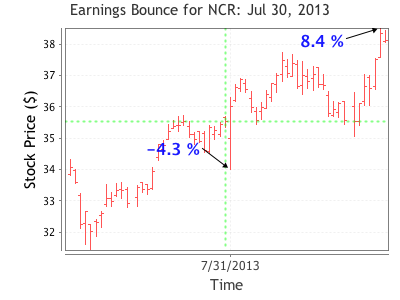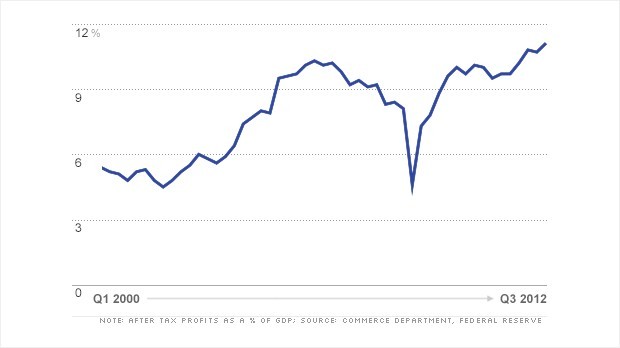An Earnings Season Options Strategy
Post on: 2 Апрель, 2015 No Comment

Do you feel that you’ve missed out on a stock that has moved up greatly in this market? With earnings season upon us once again, it makes for a great time to be selling put options due to high implied volatility. In this article, I will outline an option strategy that I use particularly during earnings season. This will put money in my pocket up front, give me a chance to purchase the stock for less than it’s trading for now, and also give me gains if the stock moves even higher. I must note that this strategy could lose money if the stock moves much lower after results and you get the stock PUT to you at expiration (or in the rare case of an early exercise). This post requires the knowledge of stock options. To learn more about the option strategies outlined in this post, risks, pricing, calculations, other strategies, and options in general, click here .
The table below shows some of the stocks I’m willing to go long (for reasons not discussed in this post), which will be reporting earnings this week. To understand the table below read the example used with Apple (NASDAQ:AAPL ) below.

With Apple reporting after the bell Monday, it may be a great day to sell put options as implied volatility will likely soar before the earnings release. For example, let’s say I would be willing to purchase Apple stock at 5% less than its current share price. I would look to sell the November 180 strike Put options (roughly 7% lower with premium received), and with the money received would look to purchase November 200 strike call options. Opening this position would put $100 in my portfolio. If Apple expires between 180 and 200 a share at November expiration, this position would return $100. However, if Apple can get and close above 200 at November options expiration, this position has the potential to return even more. The break-even for this position is Apple at 179 a share at expiration; anything less would result in an unrealized loss on 100 shares of Apple stock. The December contracts are not yet open (they will be as of market open), but I will likely choose to purchase call options on the December 210 (instead of the November 200), as they have more time value and do not have the same high levels of the implied volatility factored into the option premiums.
Note that the column labeled Put is the November Put Option I am looking to sell, the column labeled Call is the November Call Option I am looking to purchase with the premium received from selling the Put, and Net is the Net amount of cash I would receive (based on data as of market close Friday October 16, 2009). Also note it may be a good idea to choose a higher strike December dated option contract as stated in the Apple example above.














